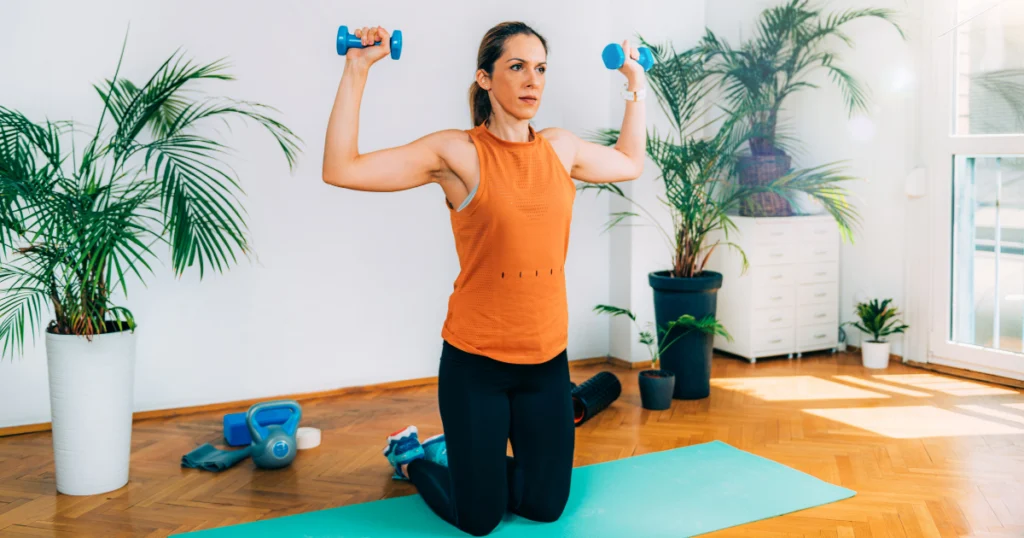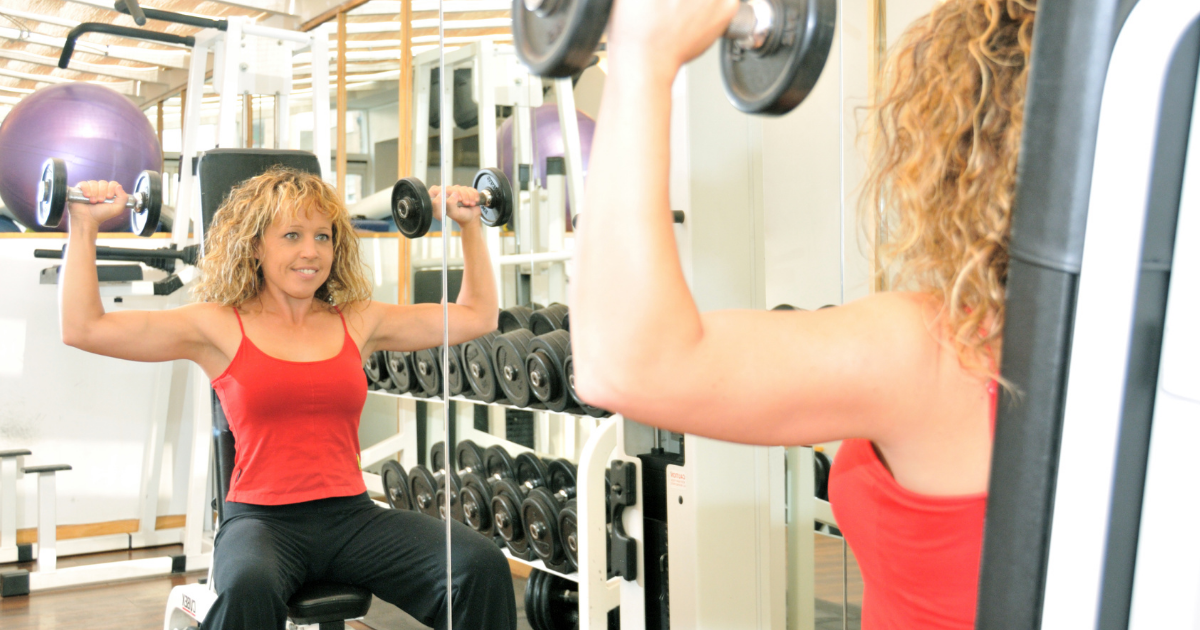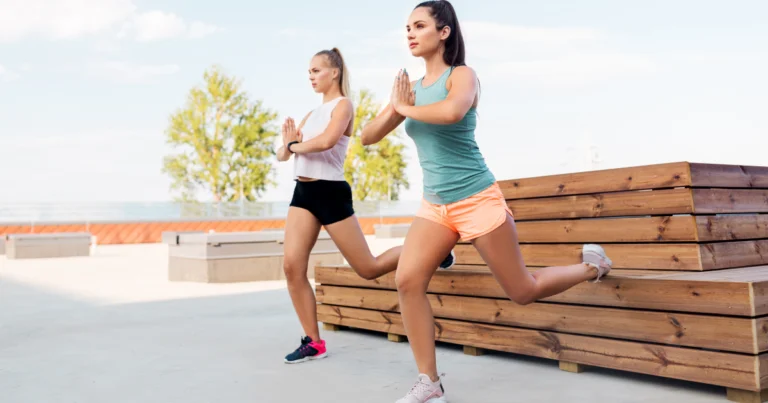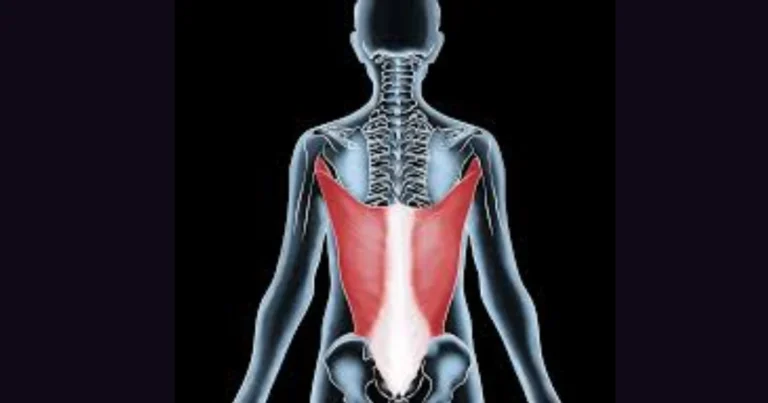Does Shoulder Press Work Traps? Understanding Muscle Activation and Benefits
Table of Contents
The shoulder press is a fundamental exercise in strength training that primarily targets the shoulders, but it also engages various other muscle groups, including the trapezius (traps). As fitness enthusiasts seek to maximise their workouts, understanding how different exercises affect specific muscles is essential. This article will explore how the shoulder press works the traps, the benefits of this exercise, and provide insights into proper technique, variations, and answers to frequently asked questions.
What is the Shoulder Press?
The shoulder press, often referred to as the overhead press, is a compound exercise that involves lifting a weight overhead. It can be performed using various equipment, including dumbbells, barbells, or kettlebells. The primary muscles targeted during this exercise are:
- Deltoids: The main muscles responsible for shoulder abduction and flexion.
- Trapezius: Assists in stabilising and moving the scapula during the lift.
- Triceps: Engaged in extending the elbow joint during pressing movements.
- Serratus Anterior: Works alongside the traps to stabilise the shoulder blade.
Statistics on Shoulder Press Effectiveness
- as part of the shoulder press work traps, a study published in JAMA Surgery found that compound exercises like the shoulder press can increase overall strength by 20% over three months when performed consistently.
- Research indicates that muscle activation in the upper trapezius can increase significantly during overhead pressing movements compared to other exercises like bench presses.

How Does Shoulder Press Work Traps?
The trapezius muscle is divided into three regions: upper, middle, and lower traps. Each region plays a unique role during the shoulder press:
- Upper Trapezius: Activated when lifting weights overhead. It assists in elevating the shoulder girdle and stabilising the scapula.
- Middle Trapezius: Engaged during the upward rotation of the scapula as you press overhead.
- Lower Trapezius: Works to control scapular movement and maintain stability throughout the exercise.
Table: Muscle Activation During Shoulder Press
| Muscle | Activation Level | Role in Shoulder Press |
| Deltoids | High | Primary movers for lifting |
| Upper Trapezius | Moderate to High | Elevates and stabilises scapula |
| Middle Trapezius | Moderate | Assists with scapular retraction |
| Lower Trapezius | Moderate | Stabilises scapula during overhead lift |
| Triceps | High | Extends elbow joint during pressing |
Benefits of Shoulder Press
- Builds Shoulder Strength: The shoulder press effectively strengthens the deltoids and traps, contributing to overall upper body strength.
- Enhances Muscle Definition: Regularly performing shoulder presses can improve muscle tone and definition in the shoulders and upper back.
- Improves Posture: Strengthening the traps helps support proper posture by stabilising the shoulder girdle.
- Increases Functional Strength: The shoulder press mimics everyday activities such as lifting objects overhead, enhancing functional strength for daily tasks.
- Boosts Athletic Performance: Athletes can benefit from improved upper body strength and stability through consistent shoulder press training.
Proper Technique for Performing Shoulder Press
To maximise effectiveness and minimise injury risk while performing shoulder presses, follow these steps:
Equipment Setup
- Choose Your Equipment: Decide whether to use dumbbells, a barbell, or kettlebells based on your comfort level and fitness goals.
- Adjust Your Seat (if using a machine): Ensure your seat height allows your elbows to be at or below shoulder level when gripping the weight.
Execution Steps
- Starting Position:
- Stand or sit with your feet shoulder-width apart.
- Hold weights at shoulder height with palms facing forward (or inward for neutral grip).
- Engage Core:
- Brace your core muscles to stabilise your spine throughout the movement.
- Pressing Motion:
- Push the weights upward until your arms are fully extended above your head.
- Keep your elbows slightly forward and avoid locking them out at the top.
- Lowering Phase:
- Slowly lower the weights back to shoulder height while maintaining control.
- Repetitions:
- Perform 8-12 repetitions for 3-4 sets, adjusting weights as necessary.
Common Mistakes to Avoid
- Using Excessive Weight: Start with manageable weights to maintain proper form; avoid ego lifting.
- Poor Posture: Keep your back straight and avoid arching; engage your core for stability.
- Rushing Through Reps: Focus on controlled movements rather than speed for better results.
Variations of Shoulder Press
To keep workouts engaging and target different muscle groups, consider these variations:
- Arnold Press: A variation that involves rotating the palms during the lift for increased engagement of all deltoid heads.
- Seated Dumbbell Shoulder Press: Provides additional support for maintaining proper form while focusing on upper body strength.
- Standing Barbell Overhead Press: Engages core muscles more intensely due to balance requirements.
- Kettlebell Shoulder Press: Offers a different center of gravity that may enhance muscle activation in stabilising muscles.
FAQ About Shoulder Press Working Traps
Q1: Does shoulder press primarily target traps?
A1: While traps are engaged during the shoulder press, this exercise primarily targets deltoids; however, traps play a significant role in stabilisation.
Q2: How often should I include shoulder presses in my routine?
A2: Aim to incorporate shoulder presses into your routine 1-2 times per week for balanced upper body development.
Q3: Can I perform shoulder presses if I have a history of shoulder injuries?
A3: Consult with a healthcare provider before performing overhead exercises if you have previous injuries; modifications may be necessary.
Q4: What’s better for traps—dumbbell or barbell shoulder press?
A4: Both variations effectively engage traps; choose based on personal preference and comfort level.
Q5: How can I ensure proper form during shoulder presses?
A5: Focus on engaging your core, keeping your back straight, and using manageable weights to maintain control throughout the movement.
Conclusion
The shoulder press is an effective exercise for building upper body strength while engaging multiple muscle groups, including the trapezius. Understanding how this exercise works traps can help individuals optimise their training routines for better results. By incorporating proper technique and variations into workouts, fitness enthusiasts can achieve their strength goals while promoting overall muscle development.
If you’re looking to enhance your upper body strength effectively, consider adding shoulder presses to your routine today! With consistency and focus on form, you’ll be well on your way to achieving impressive results in no time!







